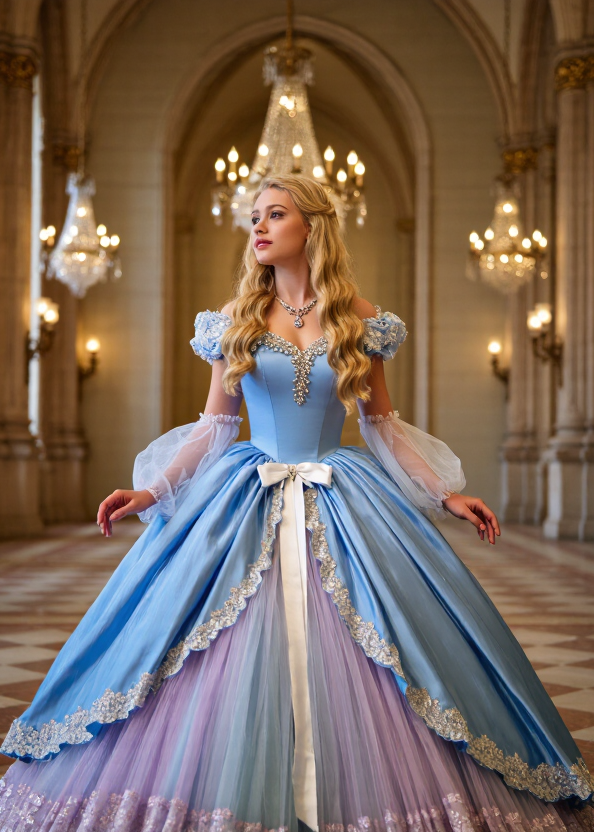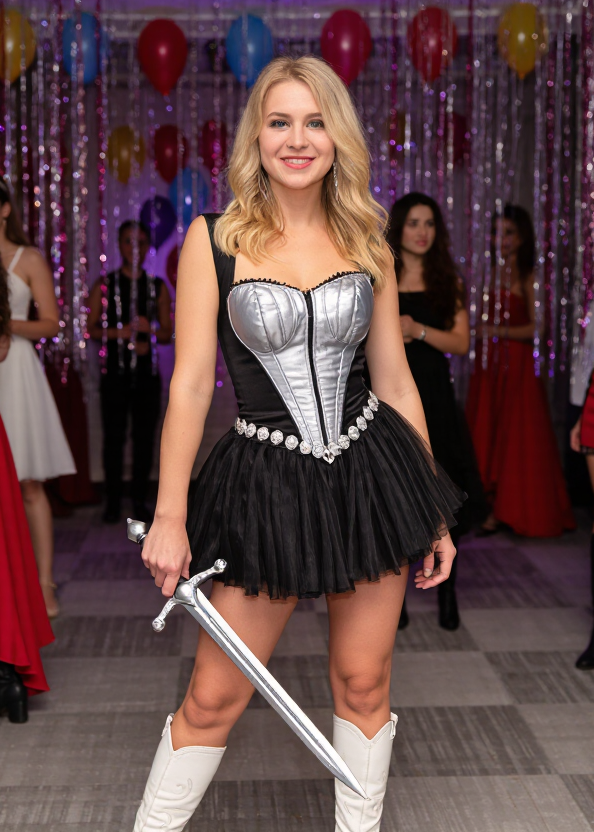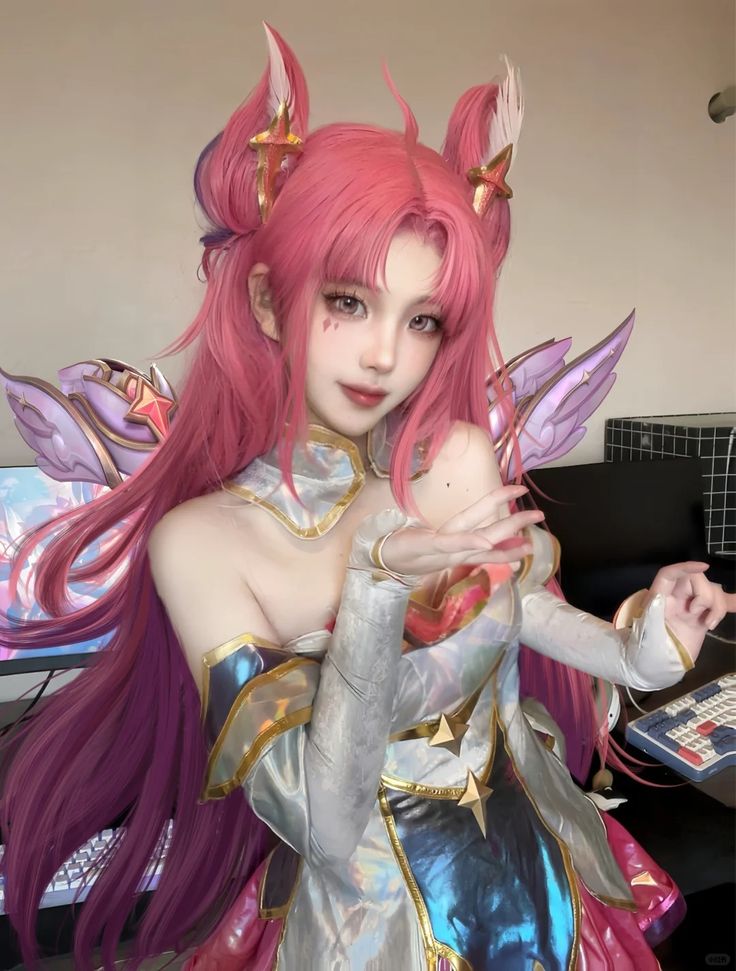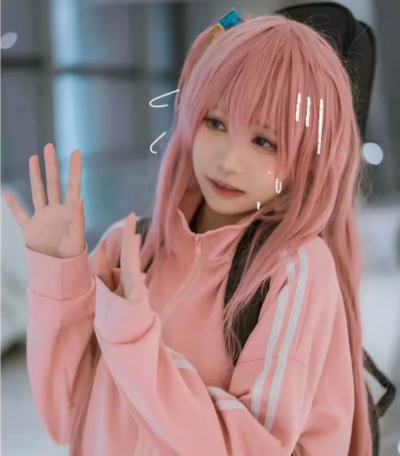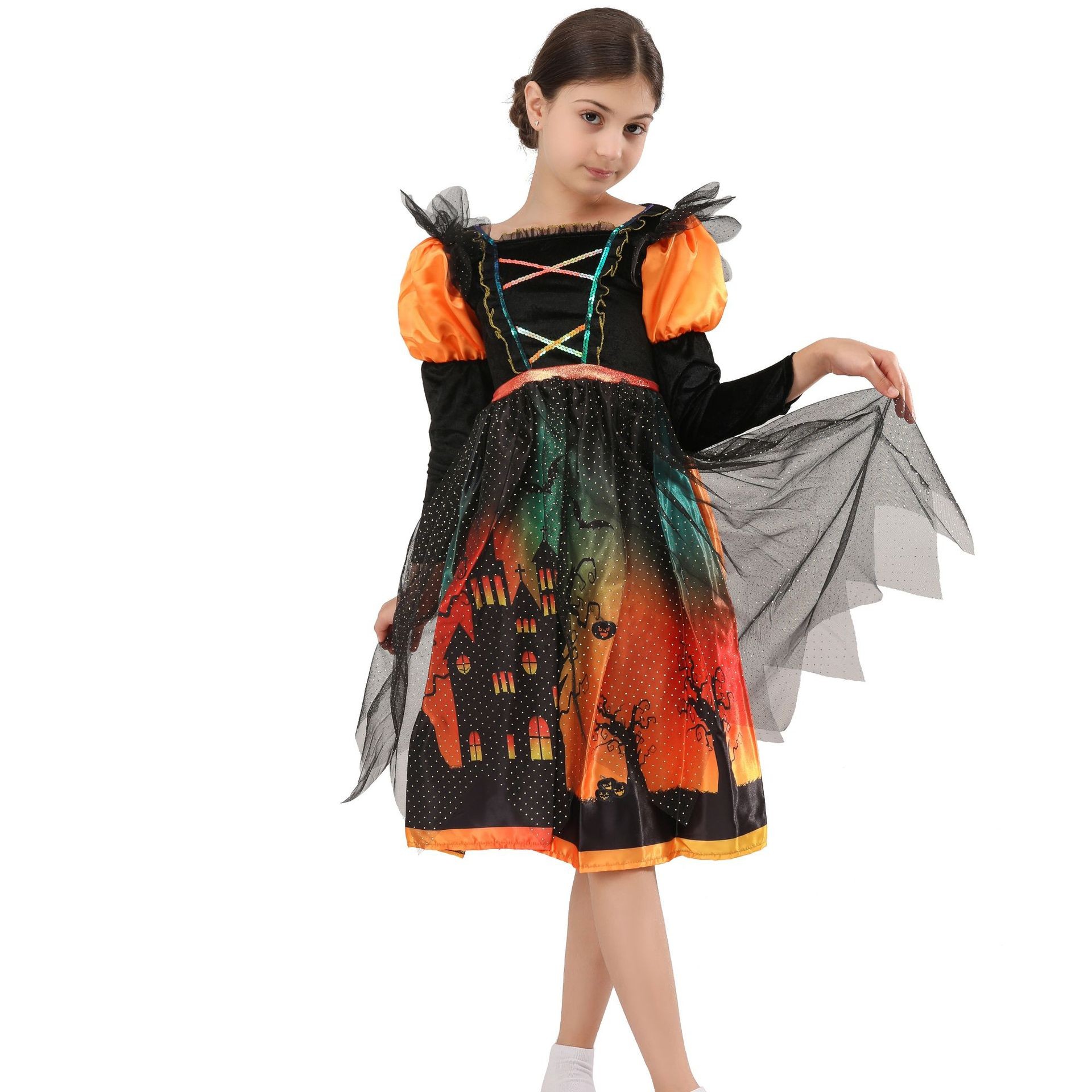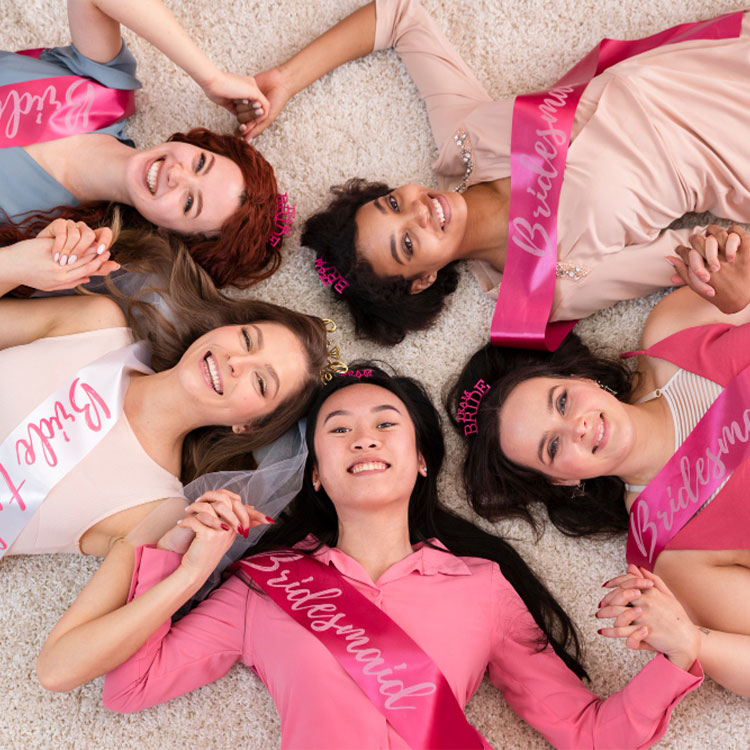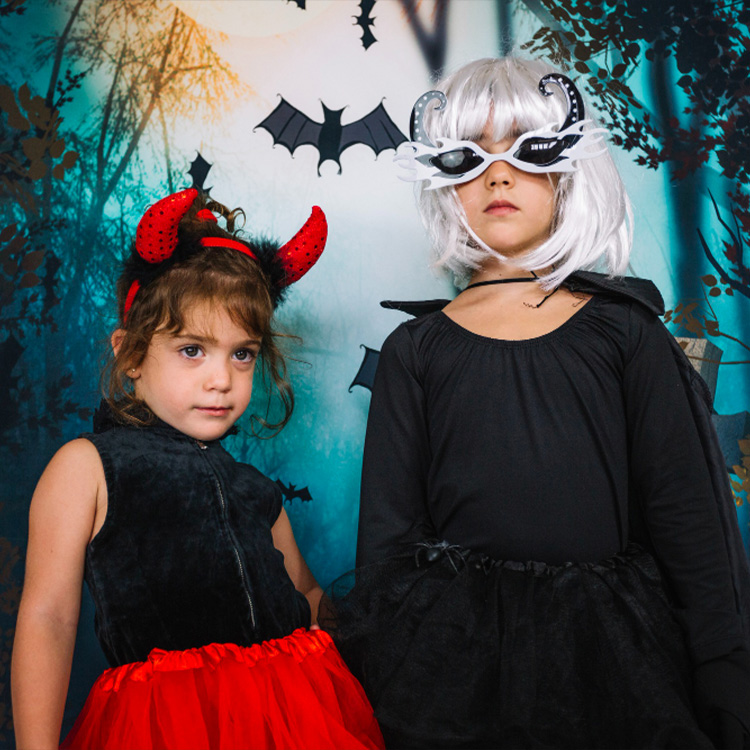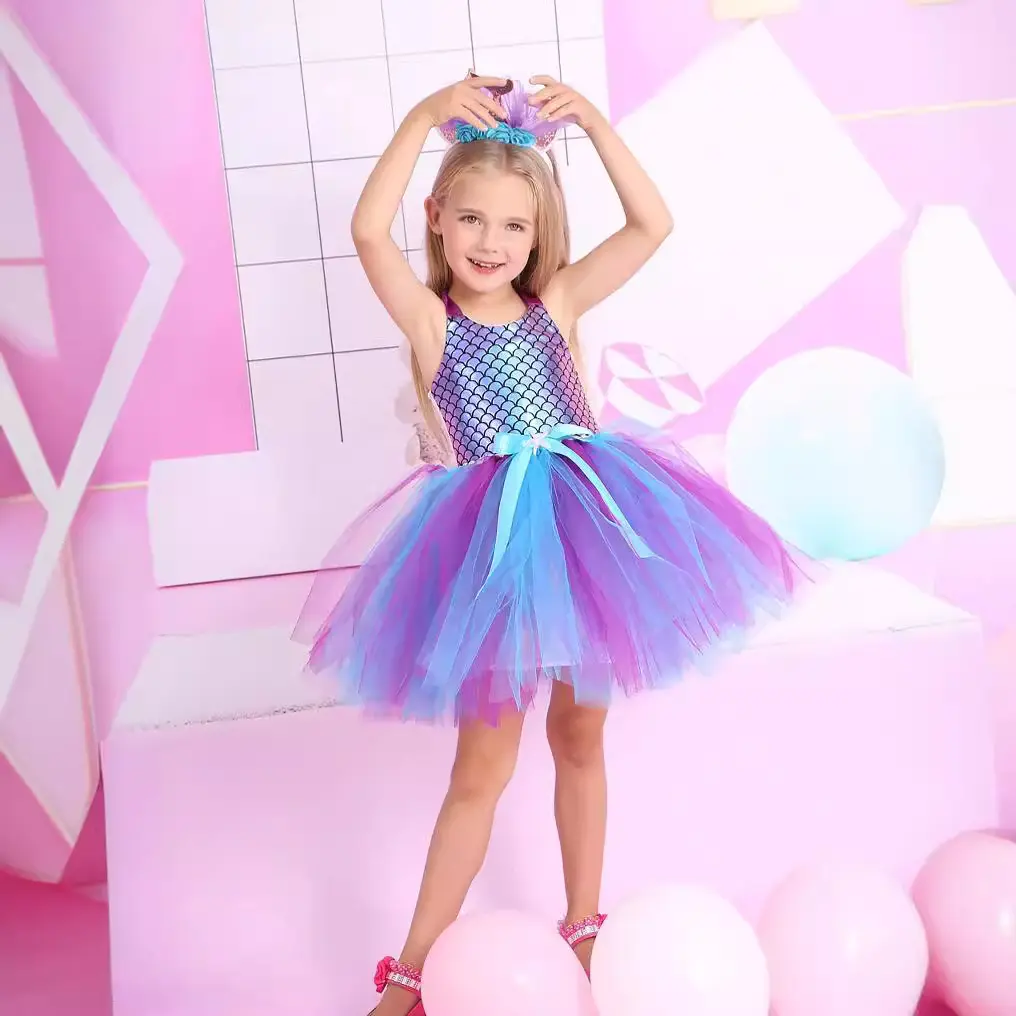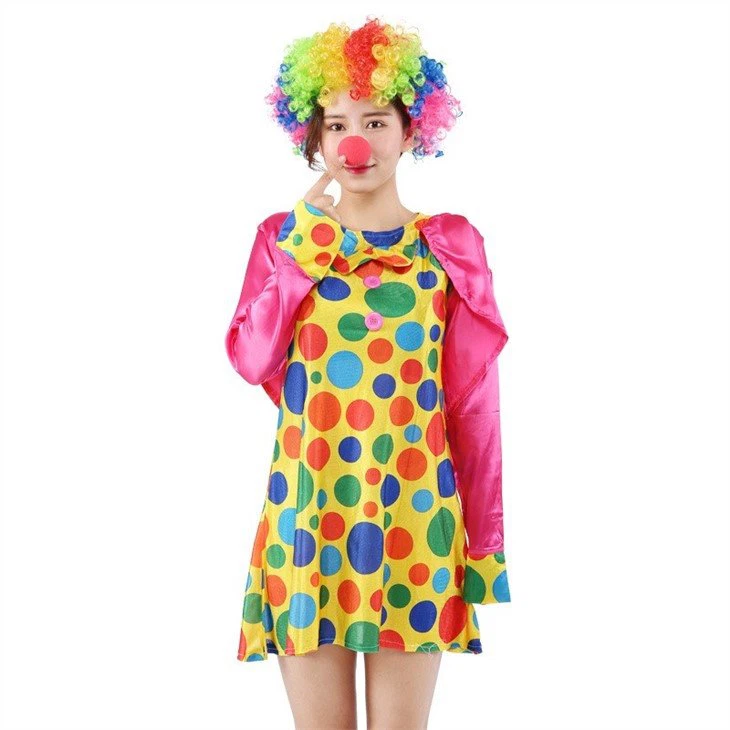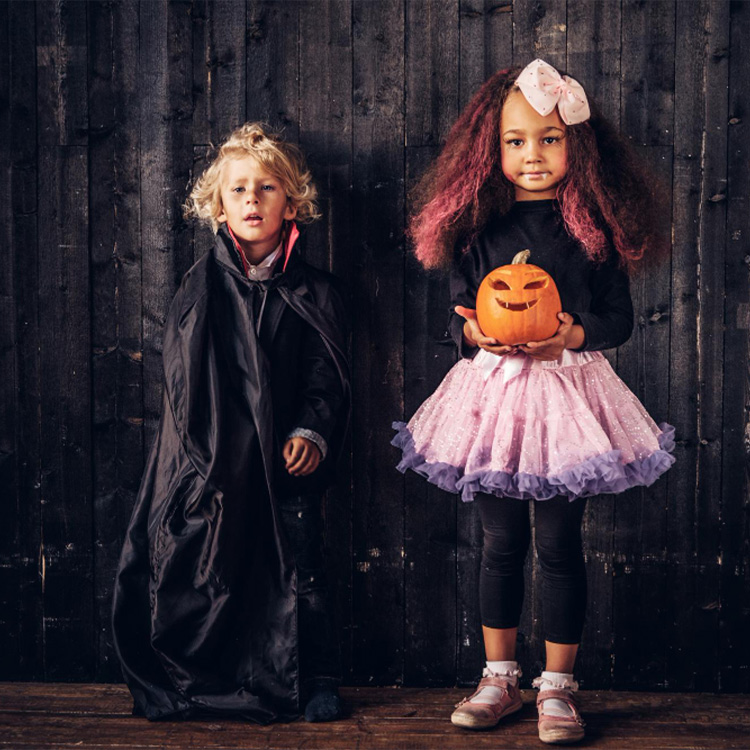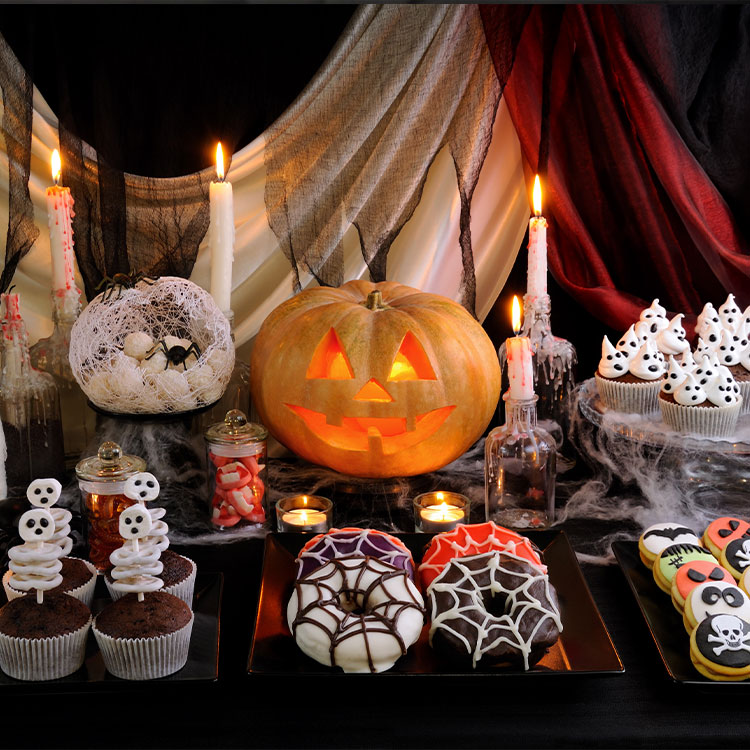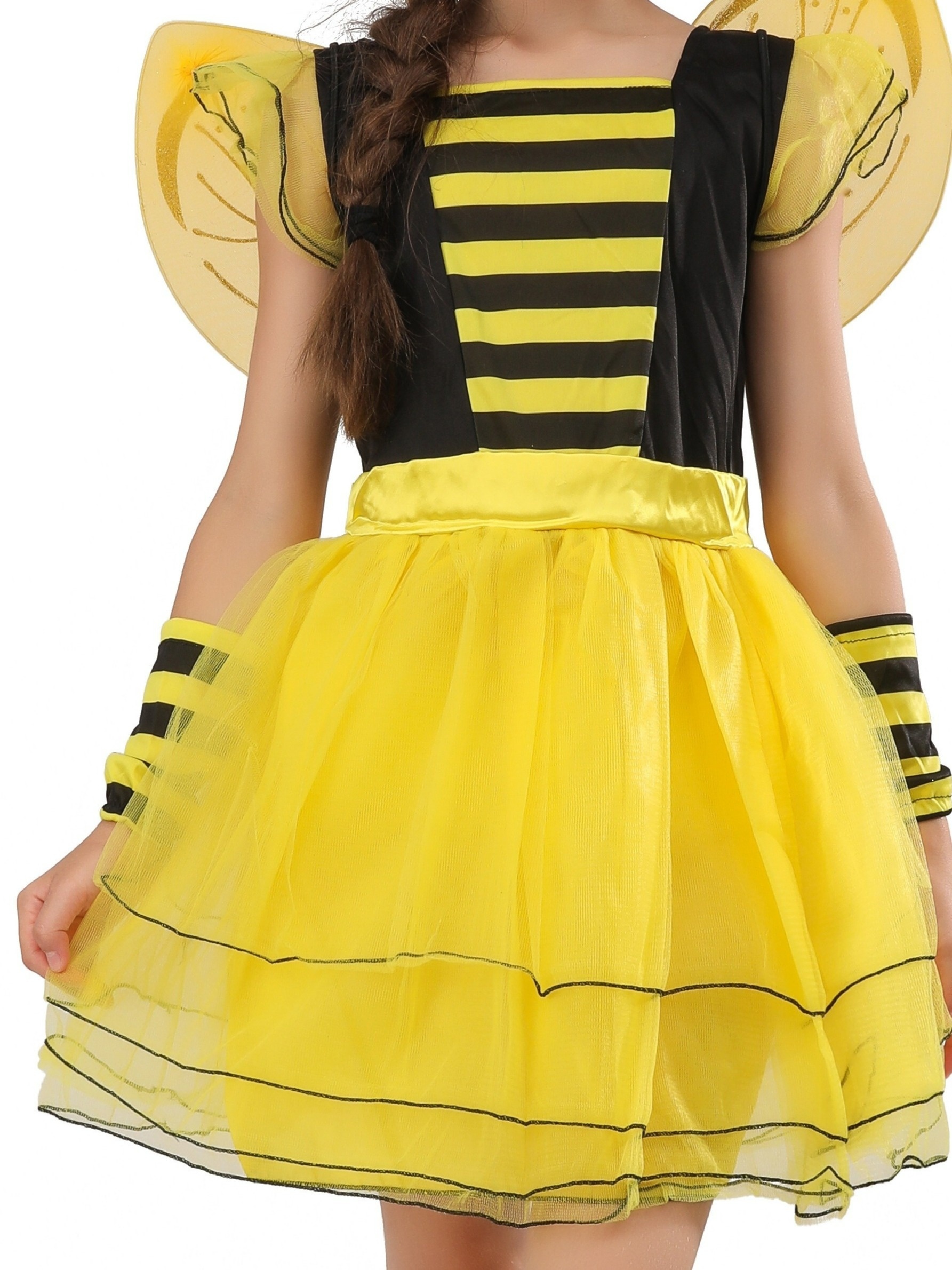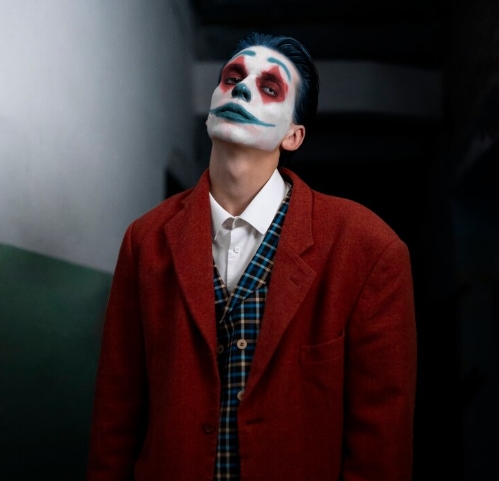Save the Most at FUNPARTY | Unlimited 15% OFF All-Year Discounts
A Complete Guide for Beginners and Enthusiasts
Explore our in-depth guide for beginners and enthusiasts! Whether you're just starting or looking to deepen your knowledge, discover key tips, tools, and resources to help you succeed and grow your skills.
Cosplay, short for “costume play,” has evolved from a niche activity in Japan to a global phenomenon. Anime cosplay, in particular, has become one of the most popular forms of this subculture. Whether you’re a seasoned cosplayer or a newcomer eager to dive into the world of anime-inspired costumes, this guide will take you through everything you need to know about anime cosplay—from its history and appeal to how to get started, the best characters to cosplay, and much more.
1. Introduction to Anime Cosplay
What is Anime Cosplay?
At its core, anime cosplay involves dressing up as characters from Japanese anime and manga. Cosplayers often replicate not only the appearance of the characters but also their personalities and mannerisms, fully immersing themselves in the fictional world of their chosen characters. The practice can range from simple outfits to highly detailed, handmade costumes and accessories. The word "cosplay" itself is a blend of “costume” and “role-play,” a reflection of the hobby’s focus on both attire and performance.
While cosplay originated in Japan, it has spread globally, particularly in communities centered around anime, comics, video games, and movies. The rise of anime's popularity worldwide has turned anime cosplay into one of the most significant subcultures in global pop culture.
Why is Anime Cosplay Popular?
The rise of anime cosplay can be attributed to several factors:
-
Anime’s Worldwide Influence: With the internet, anime has gained massive global popularity over the past two decades. Fans are drawn to the art style, captivating storytelling, and often complex characters that anime offers.
-
Conventions and Social Media: Major conventions like Anime Expo, Comiket, and New York Comic Con allow cosplayers to come together, celebrate their passion, and showcase their costumes. Social media platforms such as Instagram, TikTok, and Twitter provide an avenue for cosplayers to share their work with a global audience, further fueling the hobby’s growth.
-
Personal Expression: Cosplay offers a form of self-expression, where fans can embody their favorite characters, showcasing their creativity and craftsmanship while fostering a sense of community.
2. History of Anime Cosplay
The Beginnings of Cosplay in Japan
The concept of cosplay can be traced back to the 1930s, but it wasn't until the 1980s that the phenomenon began to take shape within the anime community. One of the earliest examples of anime cosplay appeared at Japan’s first major sci-fi convention, "WorldCon" in 1939, where attendees dressed up as characters from science fiction novels and movies. However, it wasn’t until the 1980s and the emergence of manga and anime fandom that cosplay began to solidify as a hobby.
In 1983, the term "cosplay" was coined by Nobuyuki Takahashi, a Japanese journalist, when he observed fans dressing up as characters from anime and manga at conventions. The first major anime-specific convention, “Comiket” (Comic Market), which began in 1975, provided a platform for fans to display their creations and engage with one another. Over time, cosplay became more mainstream, with fans not just wearing costumes but creating and exhibiting elaborate works of art.
Anime’s Influence on Global Cosplay Culture
The globalization of anime in the 1990s and early 2000s played a huge role in the spread of cosplay beyond Japan. Shows like Dragon Ball Z, Sailor Moon, Naruto, and Pokemon became massive hits worldwide, driving international interest in both the anime itself and the fandom surrounding it. In particular, American conventions like Anime Expo (Los Angeles) and Otakon (Baltimore) became hot spots for anime cosplay, providing a platform for cosplayers from around the world to gather.
Key Milestones in Anime Cosplay
Throughout the years, cosplay has grown from a niche subculture into a massive global industry. Key milestones include the rise of online cosplay communities in the 2000s, the development of cosplay photography as an art form, and the emergence of cosplay as a competitive activity with awards and recognition at major conventions. The internet allowed cosplayers to connect, share tips, and even purchase costume materials from specialized vendors.
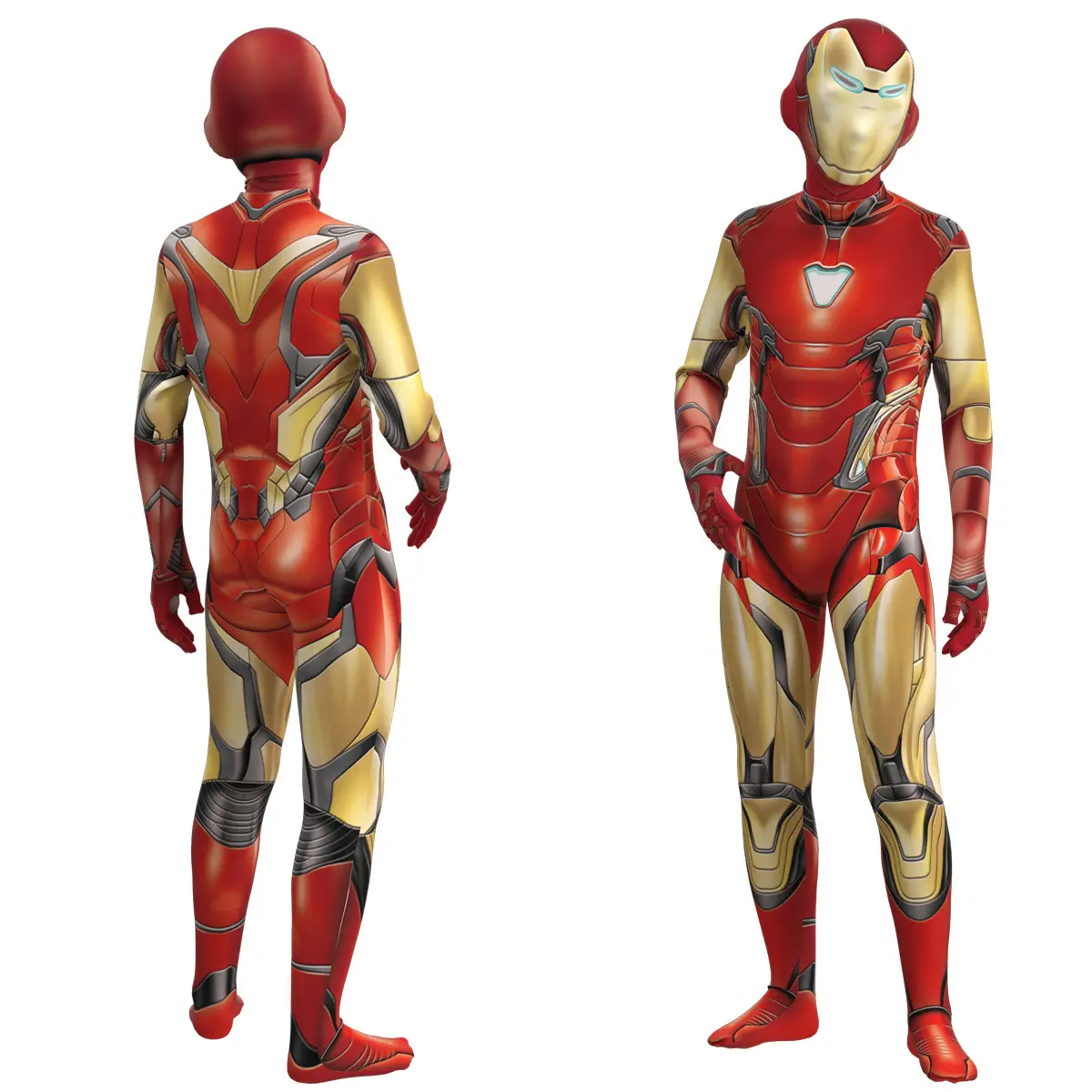
3. Popular Anime Characters for Cosplay
Iconic Anime Characters
Some anime characters have become synonymous with cosplay due to their distinct designs, widespread popularity, and cultural impact. These characters often embody themes of heroism, adventure, or love, which makes them appealing for cosplayers to bring to life. Here are a few of the most iconic anime characters commonly cosplayed:
-
Naruto Uzumaki (Naruto): The spirited and determined ninja has become a symbol of perseverance, making his costume one of the most recognizable in the cosplay world.
-
Sailor Moon (Sailor Moon): The transformation sequence, distinct sailor suit, and the empowering story of Usagi Tsukino make Sailor Moon an enduring choice for cosplayers.
-
Goku (Dragon Ball Z): With his signature orange gi and spiky hair, Goku has been a fan-favorite for decades, representing the archetype of the ever-growing martial artist.
-
Luffy (One Piece): The fearless and cheerful protagonist of One Piece, with his straw hat and red vest, embodies adventure and determination.
-
Mikasa Ackerman (Attack on Titan): Mikasa's powerful and stoic character, along with her distinctive Survey Corps uniform, makes her a popular pick for cosplayers.
Why These Characters?
What makes these characters ideal for cosplay is their iconic and visually striking designs. Additionally, their universal popularity means there is a larger fanbase to connect with, and cosplayers often enjoy the experience of sharing their love for these characters with others.
4. How to Get Started with Anime Cosplay
Choosing the Right Character
The first step in anime cosplay is choosing the right character to portray. This can be a personal decision influenced by several factors:
-
Fandom Connection: Fans tend to gravitate toward characters they connect with emotionally. Perhaps you share personality traits with a character or admire their story arc.
-
Design Appeal: If you love a character’s outfit or aesthetic, that may make the costume creation process more enjoyable.
-
Skills and Resources: Some costumes are easier to create than others. If you're a beginner, it’s wise to start with a character that has a simple design or one whose costume can be bought rather than made.
Cosplay for Beginners vs. Advanced Cosplayers
For beginners, it’s essential to start with something manageable. Here are some tips for both beginners and advanced cosplayers:
-
Beginners: Start with a costume that doesn’t require advanced sewing or prop-making skills. Opt for something like Naruto's ninja outfit or a character with a simple school uniform. You can even buy a pre-made costume and modify it.
-
Advanced Cosplayers: Once you've gained experience, you may want to try more intricate projects that involve custom props, armor crafting, or detailed sewing. Characters like those from Attack on Titan or Fullmetal Alchemist offer complex costumes that challenge even experienced cosplayers.
Cosplay Accessories & Materials
To bring your character to life, you'll need the right accessories and materials. Some essential cosplay items include:
-
Fabric: If you're sewing your costume, selecting the right fabric is key. Materials like cotton, velvet, and spandex are commonly used.
-
Wigs: Most anime characters have distinctive hairstyles that are often impractical to replicate with natural hair, so cosplay wigs are a must. Look for high-quality synthetic wigs that match your character’s hair color and style.
-
Props: Many anime characters come with weapons or tools. Common props include swords (e.g., Sword Art Online), scythes (e.g., Soul Eater), and shields (e.g., Attack on Titan). These can be crafted from materials like foam, PVC, and resin.
5. The Art of Crafting an Anime Cosplay Costume
Designing Your Cosplay
Once you've selected your character, it's time to design your cosplay. You can either create your costume from scratch or customize an existing piece. Here are a few tips for designing your costume:
-
Research: Gather reference images from multiple angles to ensure accuracy. Websites like Pinterest and fan art communities can be valuable resources.
-
Plan Your Materials: Decide what materials you'll need for the costume, including fabrics, paint, and other accessories.
-
Draft a Blueprint: If you’re designing something from scratch, create a blueprint or sketch of your costume to guide your work.
Cosplay Makeup & Wigs
Makeup is an essential part of completing an anime cosplay. Use makeup to match the character's features, like bold eye makeup or face paint for specific traits (e.g., whisker markings for Naruto). Additionally, styling wigs is a key element of anime cosplay. It’s important to:
-
Choose a High-Quality Wig: Synthetic wigs are often used in cosplay due to their ability to hold a style. Look for a wig with a color and texture that matches the character.
-
Proper Styling: Use a wig cap to ensure a snug fit, and style the wig with hairspray or gel to keep it in place.
6. Cosplay Etiquette: How to Respect the Community
Cosplay is about fun and creativity, but it's also important to respect the broader cosplay community.
Respecting Other Cosplayers
Cosplay is about celebrating fandom and creativity, so always show respect to others’ efforts, whether their costumes are simple or complex. Never judge another cosplayer’s body type or skill level.
Cosplay Photography and Consent
Before taking pictures with other cosplayers, always ask for permission. Some cosplayers prefer not to be photographed or may have specific requests about how and where their photos are taken.
Dealing with Criticism
Constructive criticism can be helpful, but avoid toxic behavior. Be gracious in both giving and receiving feedback, and focus on supporting fellow cosplayers.
7. Anime Cosplay Events and Conventions
What to Expect at Anime Conventions
Anime conventions are the heart of the cosplay community. Major events like Anime Expo, Otakon, and Comic-Con bring together thousands of cosplayers to celebrate anime, manga, and pop culture. At these conventions, you can expect:
-
Cosplay Contests: Many conventions feature cosplay competitions, where cosplayers show off their costumes in front of an audience. Some contests have professional judges and offer prizes.
-
Photo Opportunities: Conventions are also great for photographers looking to capture high-quality cosplay shots.
-
Networking: Conventions offer a chance to meet fellow fans, buy cosplay materials, and attend panels on everything from crafting tips to anime discussions.
Cosplay Contests and Competitions
Cosplay competitions often feature categories like craftsmanship (judged based on the quality of the costume) and performance (where cosplayers act out scenes from their characters). If you're entering a competition, make sure to follow the event's rules, bring your best work, and rehearse your performance.
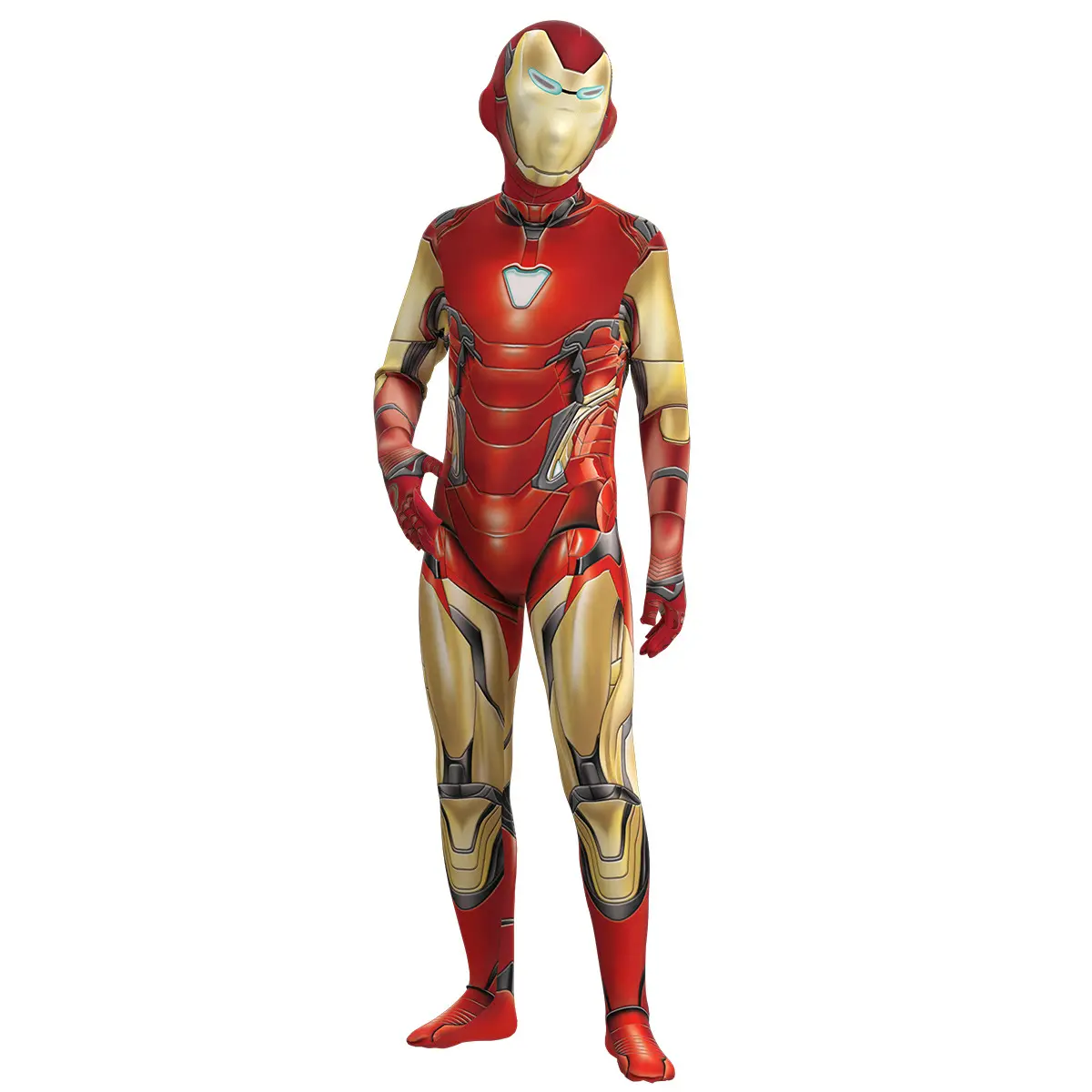
8. Cosplay Culture and Community
Online Cosplay Communities
With the rise of social media, online communities have flourished, where cosplayers share their works, find inspiration, and connect with others. Platforms like Instagram, TikTok, and DeviantArt have become essential for cosplayers to showcase their work to a global audience.
Cosplay as an Art Form
For many cosplayers, creating costumes is an artistic endeavor. Cosplay involves sewing, painting, crafting, and even acting, making it a unique combination of artistic expression and performance art. Some cosplayers go so far as to make custom props, molds, and special effects to elevate their costumes.
Cosplay and Identity
Cosplay also offers fans a chance to embody their favorite characters and experience a different persona. For some, cosplay is a way to explore their identity, express creativity, or even challenge traditional gender roles, providing a safe space for personal expression.
9. The Future of Anime Cosplay
Technological Advancements in Cosplay
The future of cosplay is likely to be heavily influenced by new technologies. 3D printing, for instance, has revolutionized costume-making, allowing cosplayers to create detailed and complex props with greater precision. In addition, augmented reality (AR) and virtual reality (VR) may create new opportunities for virtual cosplay experiences.
The Rising Popularity of Virtual Cosplay
Virtual cosplay is already gaining momentum, especially in digital spaces like online conventions or VR platforms. This trend allows cosplayers to dress up as their favorite characters in virtual worlds, making it possible to participate in cosplay without ever leaving home.
Global Trends and Cultural Impact
As anime continues to influence pop culture around the world, cosplay will only grow in significance. The impact of anime cosplay is not just limited to conventions; it's affecting fashion, media, and even mainstream entertainment. This growing influence ensures that cosplay remains a vibrant part of global culture for years to come.
10. Conclusion
Anime cosplay is more than just wearing a costume—it's about celebrating your love for anime, expressing creativity, and connecting with others who share your passions. Whether you're just starting out or you're a seasoned veteran, there’s always room to learn, grow, and enjoy the community. By embracing cosplay, you're not just mimicking a character—you're becoming a part of something much larger, a global culture that thrives on fandom, creativity, and community.

.png)
